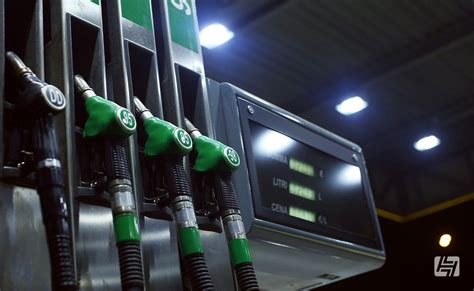Since its widespread introduction, E10 fuel has become a standard at petrol pumps in many countries. While it’s lauded for its environmental benefits due to lower carbon emissions, its higher ethanol content has raised concerns among owners of older and classic vehicles. The crucial question is: can your cherished older car safely run on E10 fuel, or does it risk significant damage?
Understanding E10 Fuel
E10 fuel is a type of petrol that contains up to 10% renewable ethanol, a biofuel produced from materials like corn, sugar beet, or waste. This is a higher percentage than the previously common E5 fuel, which contained up to 5% ethanol. The ‘E’ stands for ethanol, and the number indicates the maximum percentage by volume.
The primary motivation behind the switch to E10 is environmental: ethanol is a renewable resource, and blending it with petrol helps reduce overall carbon dioxide emissions, contributing to climate change targets.
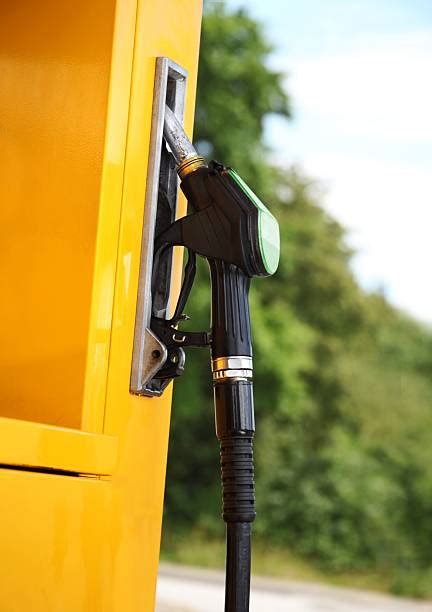
Why Ethanol Can Be a Problem for Older Engines
The potential issues with E10 fuel in older cars stem primarily from the chemical properties of ethanol. Ethanol is a powerful solvent and is hygroscopic, meaning it attracts and absorbs water. These properties can lead to several problems in vehicles not designed to handle it:
Material Degradation
- Rubber and Plastics: Older vehicles often use rubber hoses, seals, and gaskets in their fuel systems that were not designed to withstand ethanol. Ethanol can degrade these materials, causing them to crack, swell, or dissolve. This leads to fuel leaks, blockages, and potential fire hazards.
- Metals: While less common, ethanol can also corrode certain metals, especially aluminum, zinc, and lead-based solders, which might be present in older carburetors, fuel tanks, or fuel lines. The water absorption property of ethanol can also accelerate rust in steel fuel tanks and lines.
Fuel System Contamination
As ethanol breaks down old fuel system components, tiny particles and debris can enter the fuel system, clogging fuel filters and carburetors, leading to poor engine performance or even complete failure.
Water Absorption and Phase Separation
Ethanol’s ability to absorb water is a double-edged sword. While a small amount of water can be absorbed and burned off, excessive water absorption can lead to ‘phase separation.’ This is when the ethanol and water mixture separates from the petrol and sinks to the bottom of the fuel tank, forming a corrosive layer. This layer can be highly damaging to the fuel pump and other components, and when drawn into the engine, it can cause misfires or engine damage.
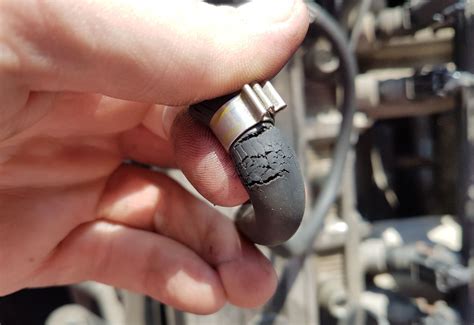
Which Cars Are Most At Risk?
Generally, vehicles manufactured before 2000 are most susceptible to E10-related issues. Many modern cars (typically those made after 2011) are designed to be compatible with E10 fuel. However, this is not a hard and fast rule, as some manufacturers introduced E10-compatible vehicles earlier, and some models continued to use older materials for longer.
Owners of classic cars, vintage vehicles, and even some early 2000s models should exercise caution. Key areas of concern include:
- Carburettor-based engines: These systems often have more exposed rubber components and different metal alloys than modern fuel injection systems.
- Vehicles with original fuel system components: If components like fuel lines, seals, and fuel pumps haven’t been replaced with ethanol-resistant alternatives, they are at higher risk.
- Fiberglass fuel tanks: Some older vehicles, particularly motorcycles, used fiberglass tanks which can be damaged by ethanol.

How to Check Your Car’s Compatibility
The best way to determine if your older car is E10 compatible is to:
- Consult your car’s manual: The owner’s manual often specifies the recommended fuel type.
- Check manufacturer’s resources: Many car manufacturers provide online compatibility checkers or lists on their websites.
- Government or automotive association websites: In countries where E10 is prevalent, official bodies often provide comprehensive search tools (e.g., the UK government’s E10 checker).
- Contact a specialist: If in doubt, a reputable classic car specialist or mechanic can provide advice specific to your vehicle model.
If your car is not listed as compatible, it’s generally advised to avoid E10 fuel. In many regions, a higher octane ‘super’ or ‘premium’ petrol option (often 97 RON or higher) remains E5, making it a safer alternative for incompatible vehicles.
Signs of E10 Damage and What to Do
If you suspect your older car has been running on E10 and is suffering damage, look out for symptoms such as:
- Fuel leaks (especially around hoses and connections)
- Rough idling or engine misfires
- Reduced fuel economy
- Difficulty starting
- Warning lights related to the fuel system
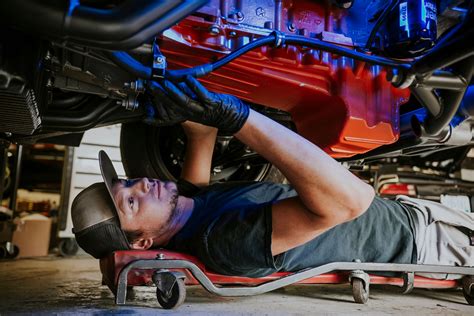
If your car is deemed incompatible, consider these options:
- Use E5 Fuel: Where available, choose premium fuels that often contain 5% ethanol or less (always check the pump label).
- Ethanol Protection Additives: Fuel additives specifically designed to counteract the effects of ethanol can offer some protection, but they are not a substitute for proper material compatibility. They typically stabilize the fuel and prevent water absorption.
- Fuel System Upgrade: For enthusiasts of classic cars, upgrading the fuel system components (hoses, seals, fuel pump diaphragm, float needles) to ethanol-resistant materials is the most robust solution.
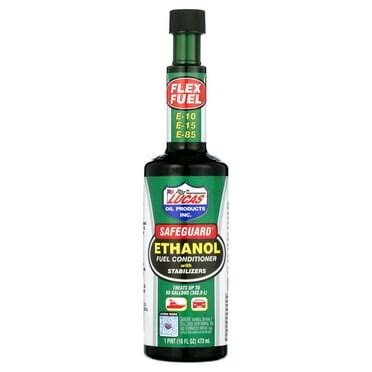
Conclusion
While E10 fuel offers environmental advantages, it is not universally safe for all vehicles, particularly older models. The ethanol content can degrade incompatible fuel system components, leading to costly damage and safety concerns. Owners of older cars should actively check their vehicle’s compatibility and, if necessary, opt for E5 fuel where available, use appropriate additives, or consider a full fuel system upgrade to ensure the longevity and safe operation of their beloved machine. When in doubt, always consult with a qualified mechanic or automotive specialist.
